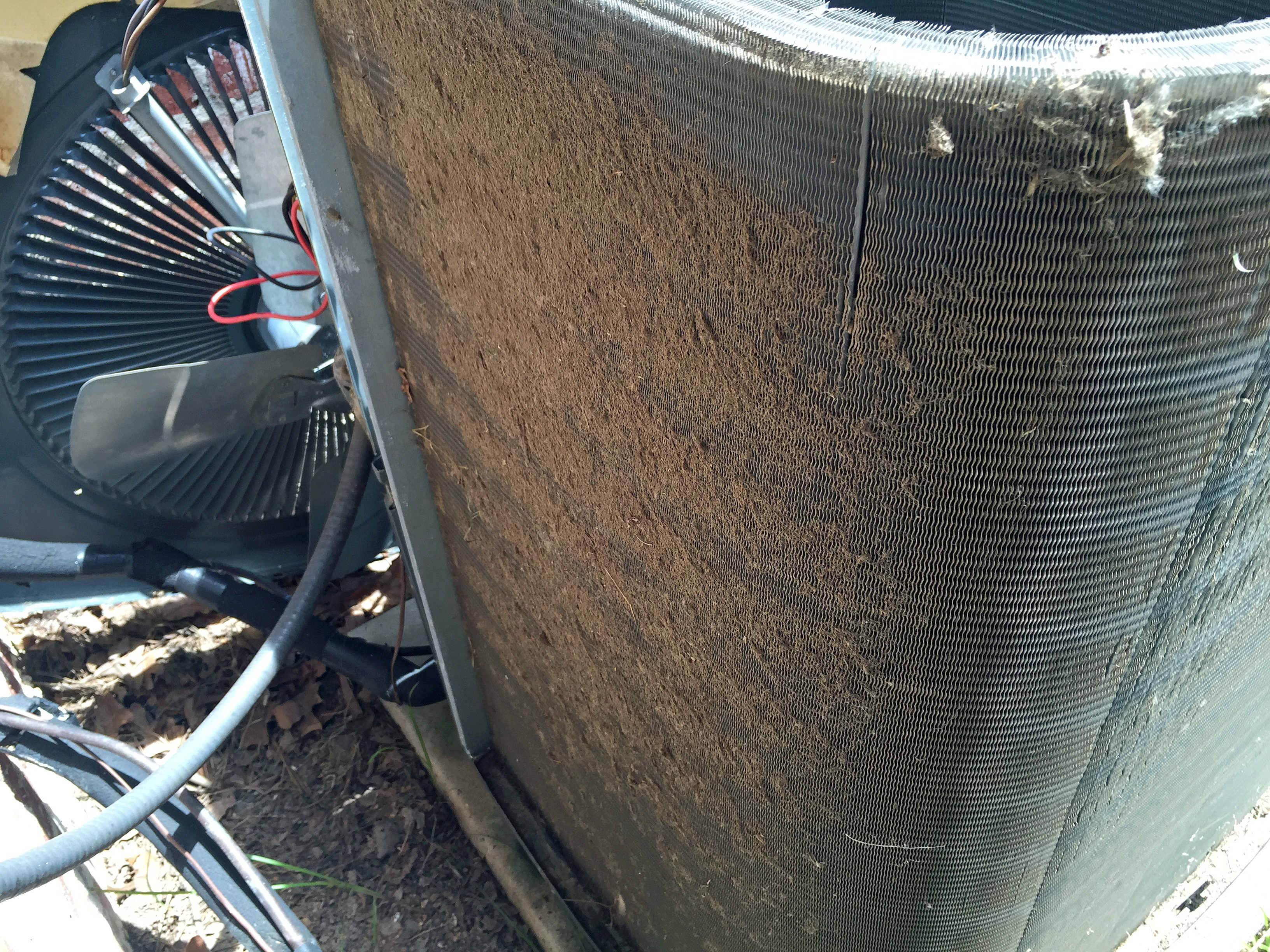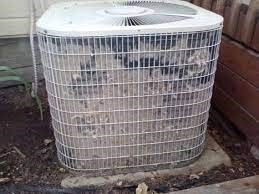Air Conditioning and Refrigeration Systems – Routine Summer Maintenance

By: Gary B. Xavier | Aug 30, 2022
It’s all about heat transfer.
The process of air conditioning and refrigeration is simply a process of moving heat – from a place we don’t want it to a place that makes little or no difference. And heat transfer relies on the principles of thermodynamics, which means that heat exchangers need to be clean to function properly.
Dirt is an insulator, impeding heat transfer from one material to another, and when air conditioning and refrigeration coils – which are heat exchangers – get dirty, heat transfer declines considerably.

To transfer heat efficiently, air conditioning coil surfaces need to be kept clean, as dirt and debris not only inhibit air flow across the coil, but they also decrease the thermal conductivity of the surface area.
The decrease in heat transfer affects the system operation, causing high side (head) pressure to increase, and low side (suction) pressure to decrease. This can result in equipment failures as well as increased energy costs.
A Federal Energy Management Program (FEMP) study had some specific findings: “A dirty condenser coil that raises condensing temperature from 95°F to 105°F cuts cooling capacity by 7 percent and increases power consumption by 10 percent, with a net (compressor) efficiency reduction of 16 percent.”
As the head pressure increases, the compressor works harder to move the refrigerant through the system, increasing the ampere draw to the compressor, and increasing the cost of operation. Increased wear and tear on the compressor also result.
As suction pressure decreases, the saturation point of the refrigeration decreases proportionally, which can result in an evaporator coil that freezes as the coil temperature goes below 32°F (0°C). When air flow across the frozen coil is reduced substantially, the lower pressure may cause liquid slugging of refrigerant to the compressor, which can damage or destroy the equipment.
Keeping coils clean and able to transfer heat properly should be a focus of all air conditioning and refrigeration maintenance programs and should not be forgotten during the peak of the cooling season.
Air Conditioning and Refrigeration Coil Maintenance
Evaporator coils, often called the ‘inside’ coil, don’t usually get as dirty as condenser coils, the ‘outside’ coil. Evaporator coils are typically filtered, while condenser coils are not. And since evaporator coils are cooling indoor air, the effects of outdoor pollutants, such as leaves, and other airborne debris are not normally found on the evaporator.
In chilled water systems, the air is cooled by a chilled water coil, usually in the air handler. Chilled water coils should be cleaned and maintained with the same frequency as an evaporator coil, as they provide the heat transfer between the chilled water and the building air.
The coils, either evaporator or chilled water, need to be routinely inspected and cleaned as necessary. Cleaning can often be accomplished with simply compressed air or water if the coil is not severely fouled, but if needed, a chemical cleaner may be used.
Care must always be taken to avoid damage to the coil, as harsh chemicals such as acids or caustics may damage the metal. Some coils have a coating applied by the manufacturer to resist the accumulation of dirt or grease, and cleaning chemicals may damage or destroy the protective coating. The coil manufacturer’s recommended cleaning procedures should always be followed.
Because the evaporator or chilled water coil lowers the temperature of the air to its dewpoint, these coils are usually wet with condensation when operating. This condensation can actually rinse the coil after the cleaning chemicals are applied, saving time and effort in the cleaning process if the proper chemicals and procedures are used.
Care must be taken to ensure that the cleaning chemicals used will not be offensive to building occupants, as the vapors may be carried into the airstream when the unit is put back into service. Large volumes of water should be avoided as well, to prevent damage to the system components and building materials.
Condenser coils, the ‘outside’ coil, are easier to inspect than the evaporator. A routine visual inspection – daily or weekly – can spot coils that are beginning to foul before they become completely plugged with dirt or debris.
Depending on the climate and the vegetation, condenser coils may attract leaves, grass clippings, and plant and tree seeds among other airborne particles. All of these contaminants can clog coil passages and seriously disrupt the airflow through the coil, resulting in a loss of both cooling capacity and efficiency.
Cleaning of the condenser coils, like the evaporator, may be accomplished with just air or water if the fouling is slight, but most likely a chemical cleaning compound will be needed. Once again, the coil manufacturer’s recommendations should always be followed to avoid coil damage.
The coil should be cool when the cleaning compound is applied, and use of a pressure washer should be carefully considered. High pressure spray can easily bend the aluminum fins on the coil, which then restricts air flow and requires combing, or straightening, the bent fins. This is a time-consuming procedure and can often be avoided by the prudent use of high-pressure water spray.
The chemicals used for cleaning condensers may also damage roofing materials, painted surfaces, and vegetation, so technicians must take proper precautions in their use; and avoid drift – the carrying of the chemicals by the wind – as the cleaning is done.
With all chemicals, service personnel should always read the label and the safety data sheet before use and follow label guidelines for dilution and application. Personal protective equipment (PPE) such as gloves, goggles, and clothing should be used as directed.
Don’t forget the filters!
Filters provide the first line of defense in keeping evaporator and chilled water coils clean and should be inspected and cleaned or replaced regularly during the cooling season.
Maintaining the necessary air flow and heat transfer by cleaning filters and coils is a crucial part of proper maintenance of an air conditioning or refrigeration system and should not be neglected.

